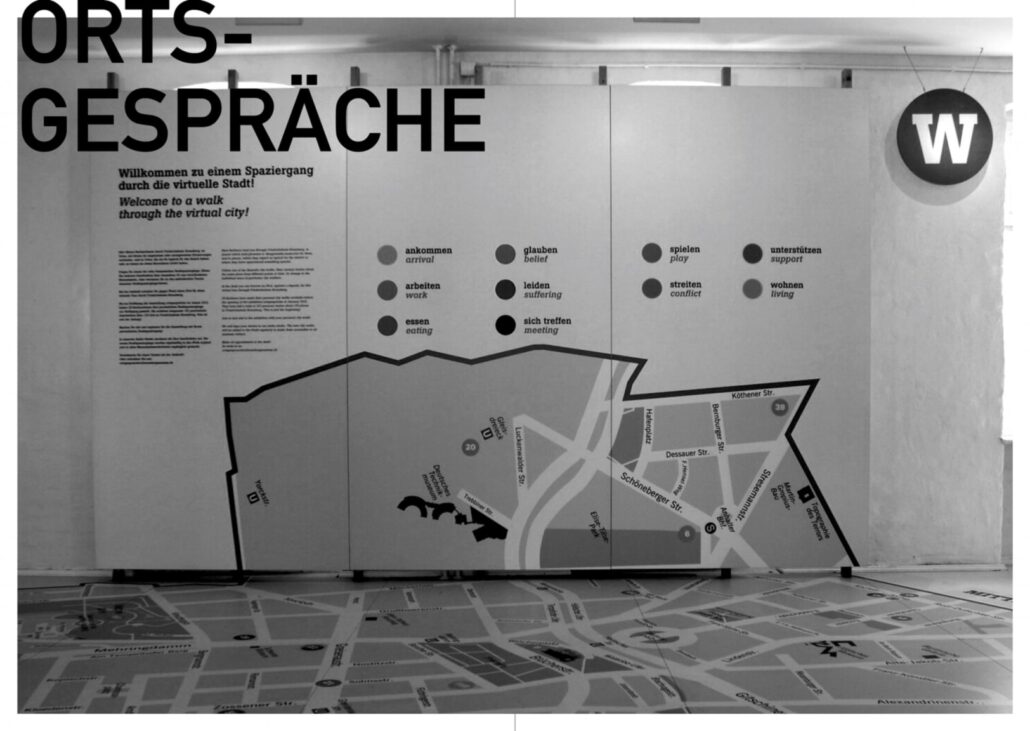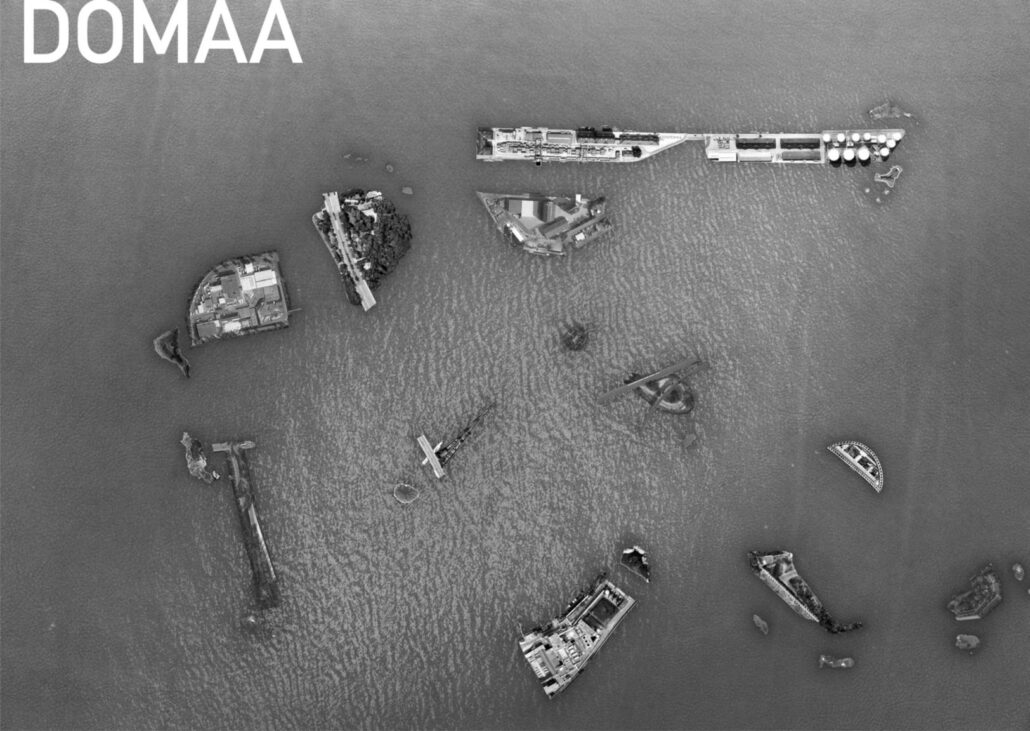DOMAA (2016) – Patrycja Stal, Adrian Taylor
visit the DOMAA platform here: www.domaa.org
RESEARCH STATEMENT
“Urban space is a key element of the intangible culture, acting as both the agent and agency behind the cultural production on a city scale… Cultural heritage necessarily entails the protection of the social and environmental context in which it exists” (UNESCO, 2011).
How can one effectively record and represent the symbiotic relationship of the intangible culture and urban space?
ARCHIVE PILOT aka the “YES. PLEASE!” ARCHIVE
Having been exposed to 10 exhibitions in Berlin and in the world’s digital space we have constructed a concise guide to a “yes.please!” archive of the intangible –a list of qualities all successful archives should include:
MOMENTS OF JOYFUL SURPRISES aka “fortunate happenstances” or “pleasant surprise”. Discovery of interesting and worthy information leads to a more involved and engaged user –in case of digital archives, a user who is also more likely to investigate the main issue offline.
COLLAGE as the main technique of the edition of findings. Through the unexpected combination of the visual layers, new meanings arise. This technique and the fragmentary nature of the outcome allows multiplicity of interpretations without the curatorial insistence.
PERSONAL CONTRIBUTION offers a possibility of never-ending archive -the archive itself becomes a mark of time, its contents expanding, changing, and morphing into different shapes and themes. Invitation to leave a mark on the archive, whether digital or real, produces a more committed audience – likely to go back to the exhibition to inspect their personal traces left behind.
INTERFACE SIMPLICITY, a decisive factor determining visitor’s interest in and eagerness to explore the contents of the archive further. Accessibly enough for any audience, it should be clever enough to expose the most important contents and offer possibility to explore the collection as a cloud of relationships of objects rather than a single line of references.
TELEPORTERS, that is, pieces of digital or real archives providing the visitor with an immediate sense of place, e.g. audio and video recordings. The dynamics of these media allow the audience to instantly re-imagine and re-interpret the space – particularly when only an audio file or a moving, soundless picture is presented, inviting the visitors to add an interpretative layer to the media they are exposed to.
visit the DOMAA platform here: www.domaa.org













